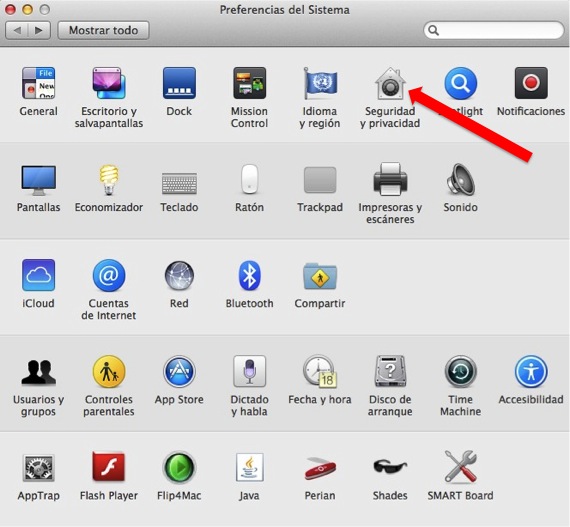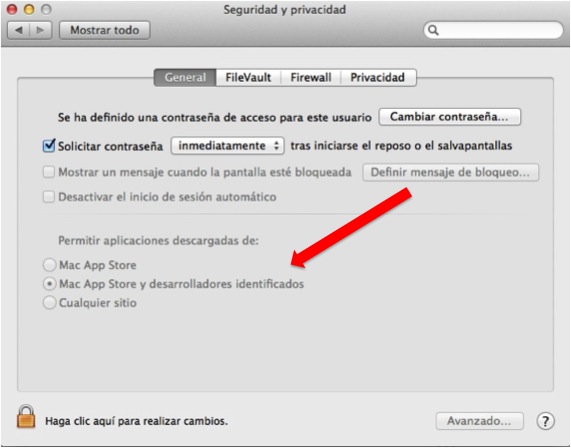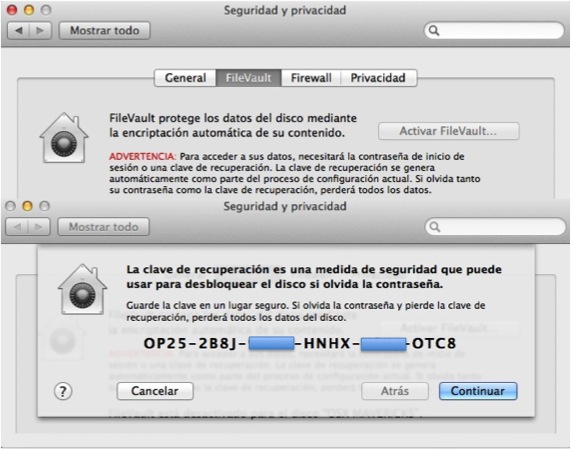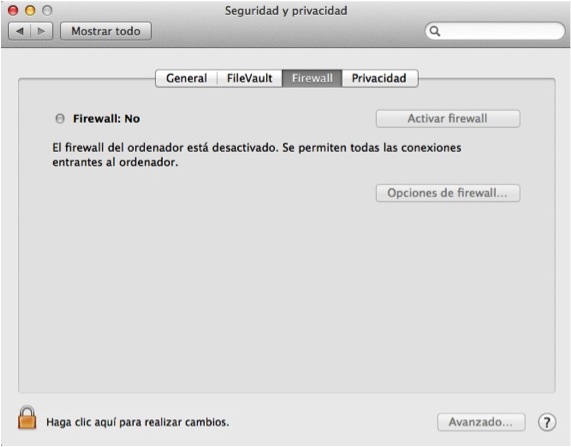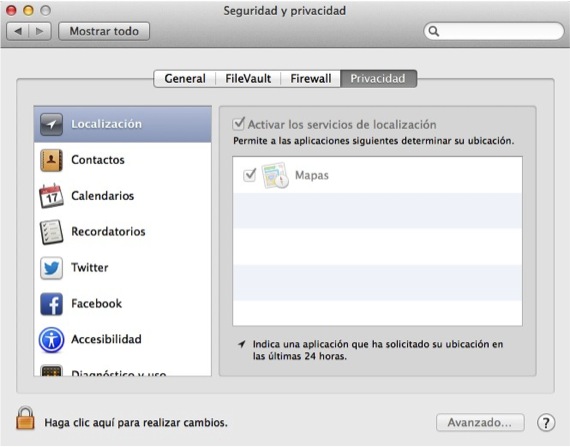Today we focus on the section that every OSX user must be very clear about. We deal with the subject of system security, know everything that Apple puts at our disposal for this and especially how to configure everything. Since the launch of OSX Lion and the inclusion of the Mac App Store, Apple increased the level of system security so that we take into account the pros and cons of installing third-party applications.
For that, asked developers to submit their apps so that users could get them through the official store and in this way, keep control of possible cases of installation of viruses, Trojans and other problems. The point is that not all developers wanted to enter through the hoop so they had to provide the system with a more advanced control panel from which they existed until now so that the user is the one who ultimately decides how protected they will be.
As we have indicated previously, the OSX Mavericks returns to give a twist to security and in addition to the panel that already existed related to security in the system, now a new utility is also launched, the iCloud Keychain with which we can store our passwords and security data to be able to synchronize them between our devices.
We start this tutorial by explaining the security panel that has existed in OSX since previous versions of the system and leaving the iCloud security for another post focused only on that.
To access this panel, we have to enter System preferencesEither through the Launchpad or through a search for the Spotlight at the top right of the desktop. Once inside, click on Security and Privacy, which is located in the first row.
When entering this section, we are shown a window in which we can differentiate four different tabs, that of General, FileVault, Firewall y Privacy .
General tab
The General window is the one destined to the main conditions of the password to access the system and the configuration of the Gatekeeper. In the first part of the window we have the possibility of entering the password to access the system, the time it takes for the system to self-lock and ask for said password again, the possibility of setting a message to be played when it is locked, among other things.
At the bottom of that window is the end of this post, which is to know what to do when the system tells us that we cannot install a certain application. It is the Gatekeeper, the one in charge of verifying if the origin of the application is secure or not. As you can see, there are three levels of security when it comes to installing applications. By default the option is activated "Mac App Store", which means that we can only install applications that we download from the official Apple store. Otherwise, the system will notify us with a message in which it warns us that we will not be able to install a certain application due to security problems.
In order to install the applications outside the Mac App Store, we have to go to either of the two subsequent options, the "Mac App Store and Authorized Developers" or "Anywhere". In order to change this setting, you must click on the padlock in the inner left corner and enter the system password.
Filevault tab
FileVault is in charge of encrypting all the data on the computer's hard drive if we need it. By default it is deactivated, and if we decide to activate it, we must be very careful and save the code it provides us since if we forget the system password and also lose that code, we can lose all the data.
Firewall tab
The Firewall is in charge of controlling the incoming connections that the existing applications, programs or services have in the system, so that when they allow an incoming connection to the system, it is the Firewall (firewall) that decides what to do. and inform the user.
Privacy tab
Within this tab we can specify the applications and utilities present in the system that can make use of the location data that the equipment can provide.
As you can see, in order to have the system controlled in terms of security, you do not have to do a master's degree for it. It is enough that you are clear about what each thing means and be aware that if you eliminate security for example in Gatekeeper, then you will not ask Apple for responsibilities.
Finally, we encourage you to continue reading our post, since we will shortly explain the other part, the security that the system puts at your disposal but in this case for the iCloud cloud.
More information - Tutorial: Install AppLock on your Android and give security to your applications

